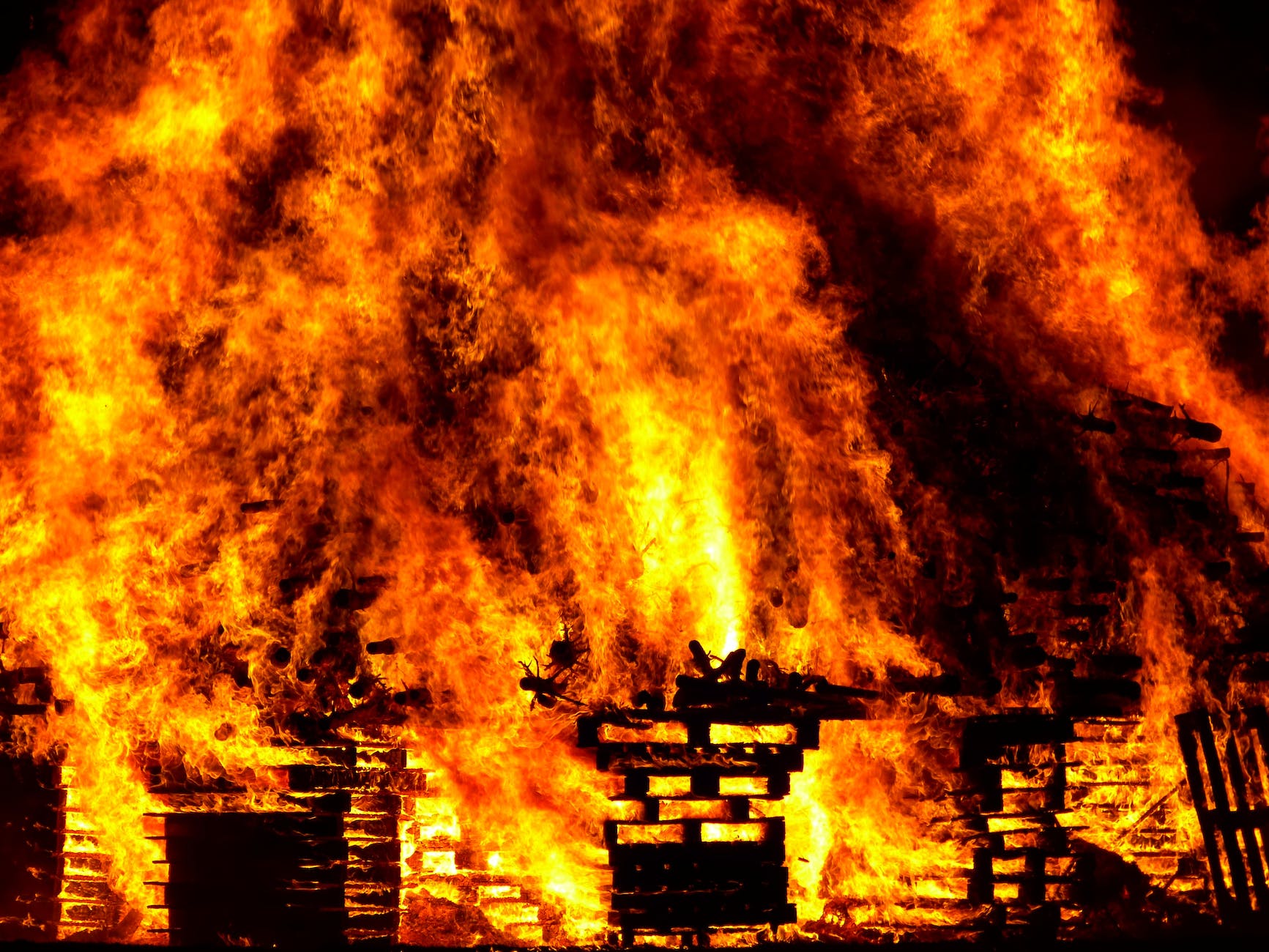
Fire Safety 2024
Fire safety remains an indispensable aspect of safeguarding lives and properties in 2024. With the alarming frequency of fire incidents globally, understanding and implementing effective fire safety measures have become paramount. From residential areas to industrial sectors, prioritizing fire safety can significantly reduce the devastating impacts of fire emergencies.
Introduction to Fire Safety
In 2024, the awareness of fire safety has escalated due to the increase in fire-related incidents across different regions. Statistics reveal a concerning trend, emphasizing the urgency to address fire safety measures comprehensively. The primary focus is to mitigate risks and prevent fire disasters through proactive measures.
Key Components of Fire Safety
The fundamental aspects of fire safety encompass prevention, risk understanding, and equipped readiness. Preventative measures involve identifying potential fire hazards and taking steps to eliminate or reduce them. Understanding fire risks includes knowing the types of fires and appropriate responses. Equipping spaces with fire safety tools like extinguishers and alarms is critical.
Creating a Fire Safety Plan
Developing a comprehensive fire safety plan involves formulating evacuation strategies, implementing safety protocols, and educating individuals about fire safety measures. This plan should be tailored to specific environments, ensuring a swift and organized response during emergencies.
Fire Safety at Home
In households, fire safety begins with implementing measures in the kitchen, where most fire incidents originate. Electrical safety, along with the presence of functional smoke alarms and extinguishers, significantly reduces risks.
Fire Safety in the Workplace
Workplaces adhere to stringent fire safety regulations, conducting regular drills, training employees, and establishing emergency response procedures to ensure the safety of employees and assets.
Advanced Fire Safety Technologies
Technological advancements have led to innovative fire detection systems and fire suppression mechanisms. Integration of IoT has revolutionized fire safety, providing real-time monitoring and swift responses.
Environmental Impact and Fire Safety
Addressing environmental factors like wildfires and industrial fires requires concerted efforts, combining preventive measures and sustainable practices to reduce risks.
Educational Initiatives and Public Awareness
Educational campaigns and programs play a crucial role in promoting fire safety awareness, especially among children, who can become agents of change in their communities.
Future Trends in Fire Safety
The future of fire safety lies in emerging technologies, revised regulations, and collaborative efforts aimed at enhancing safety measures and responses.
Conclusion
Fire safety in 2024 requires a holistic approach, combining prevention, preparedness, and education. Embracing technological advancements and fostering community engagement are key to mitigating fire risks.
Fire Hazards and Control Measures
What is the Life of a Fire Sprinkler?
FAQs
- How often should smoke alarms be tested? Smoke alarms should be tested at least once a month to ensure they’re functioning correctly. It’s also recommended to replace the batteries twice a year and replace the entire smoke alarm unit every ten years.
- Are fire extinguishers suitable for all types of fires? Fire extinguishers are designed for specific fire classes. It’s crucial to use the right type of extinguisher for the particular fire. Using the wrong extinguisher can exacerbate the fire or pose additional risks.
- How can businesses improve their fire safety protocols? Businesses can enhance fire safety by conducting regular fire drills, providing comprehensive employee training on fire safety procedures, maintaining fire extinguishers and alarms, and ensuring all safety protocols comply with local regulations.
- What role does climate change play in fire incidents? Climate change contributes to increased fire incidents by creating hotter and drier conditions, leading to more frequent and intense wildfires. It alters landscapes, making them more susceptible to ignition and rapid spread of fires. Addressing climate change is crucial in mitigating fire risks.
























